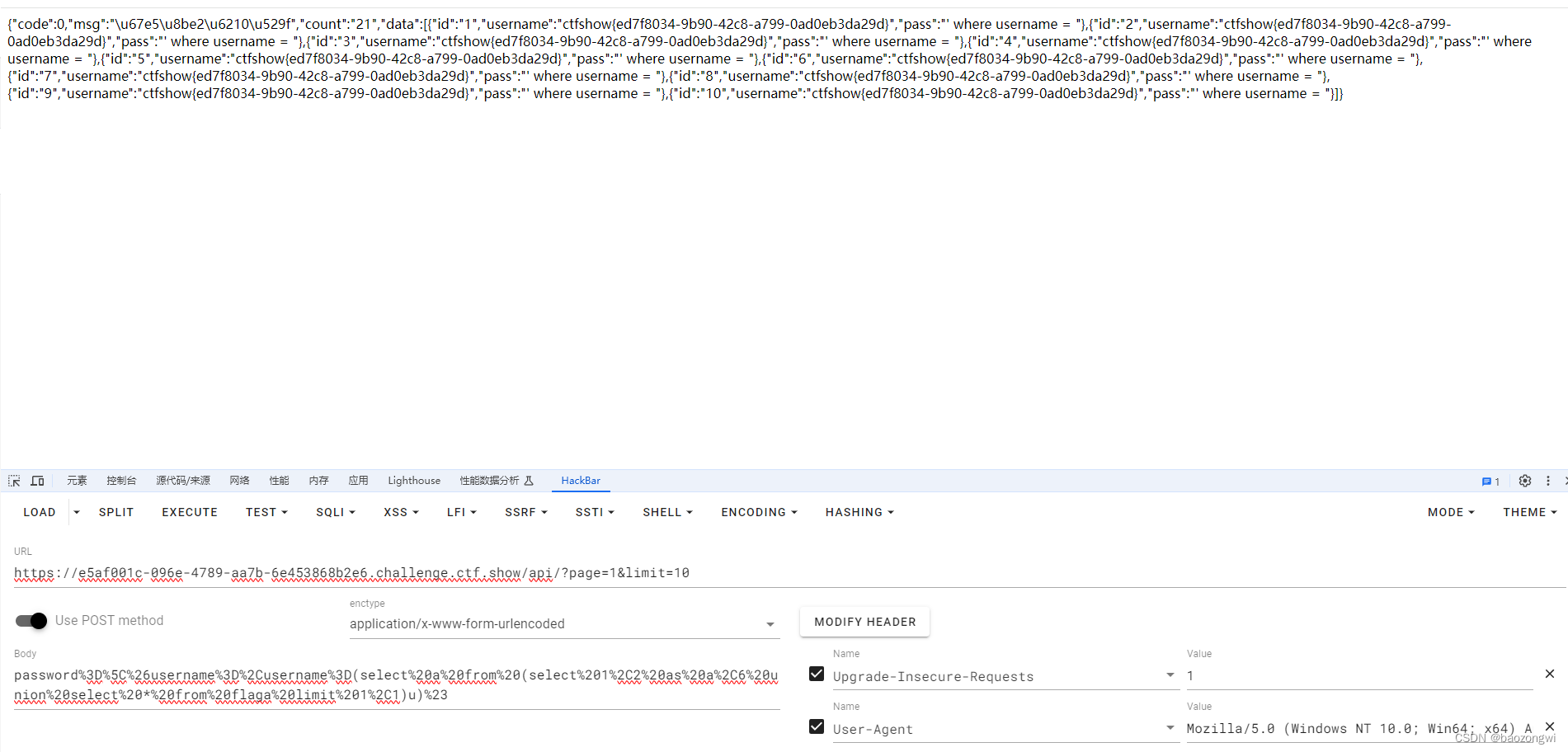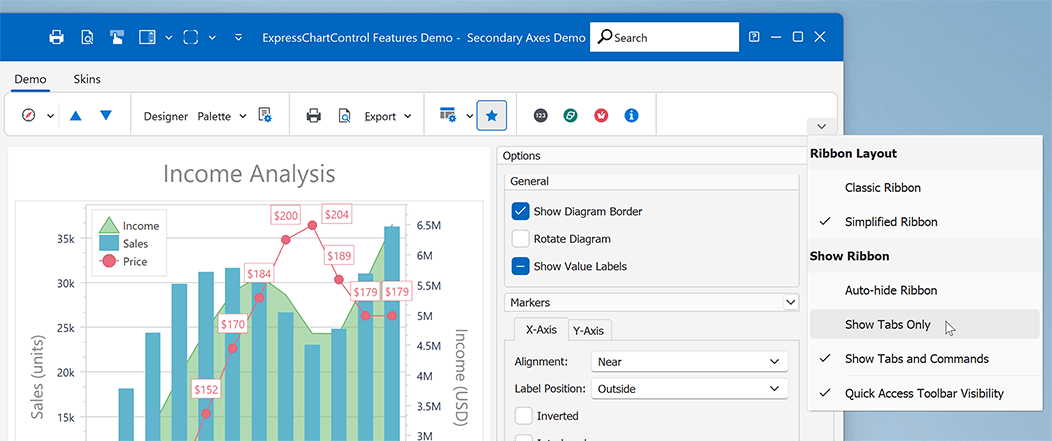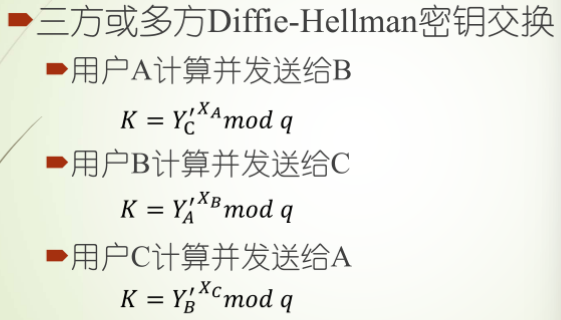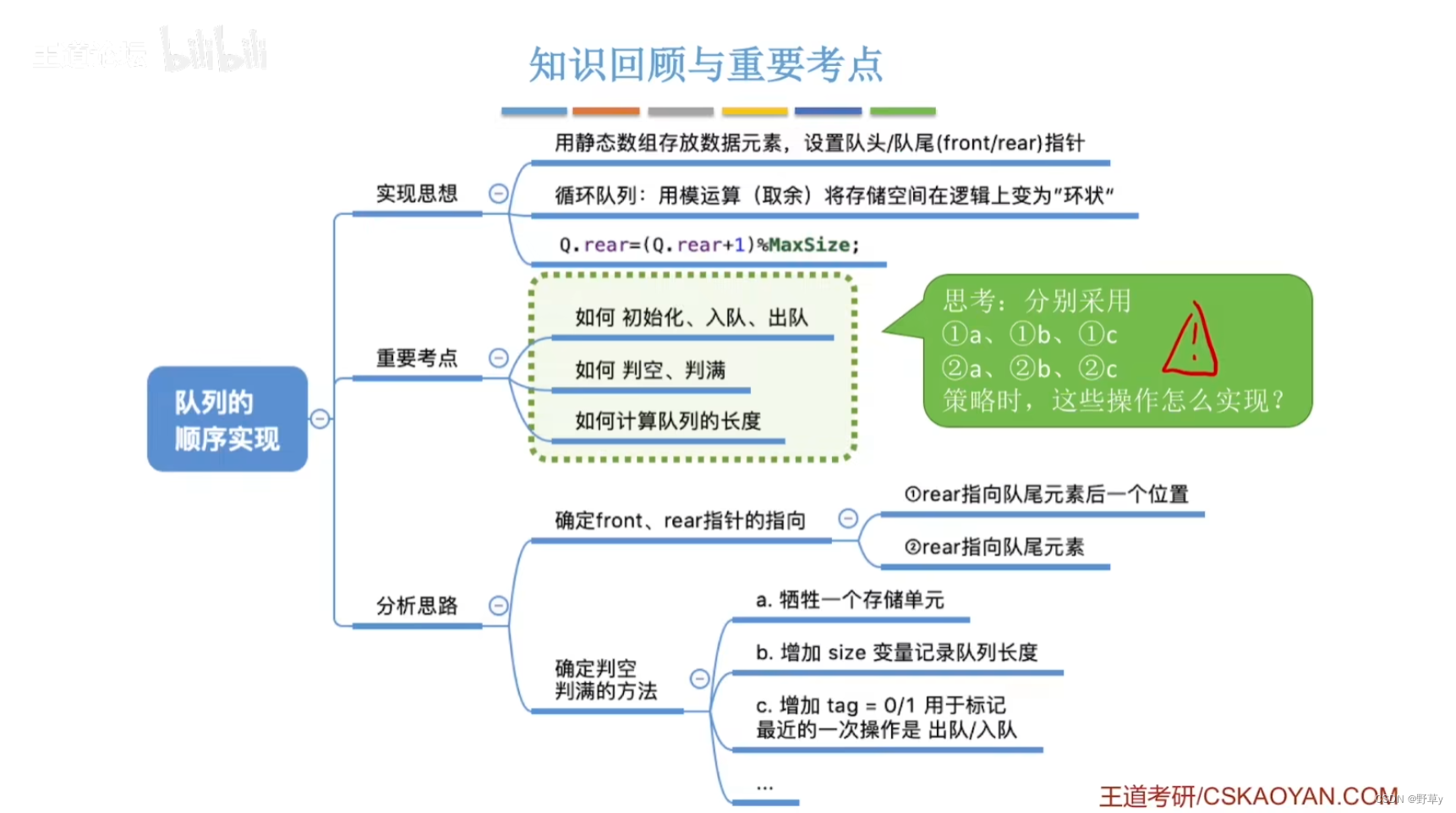一种简易的频偏估计补偿方法,使用QAM等信号。估计精度受FFT长度限制,可以作为粗频偏估计。
Nfft = 1024; % FFT长度
N = 10*Nfft; % 仿真符号数
M = 16; % 调制QAM16
freq = 1e3; % 频偏
fs = 1e5; % 采样率
msg = randi([0 M-1],N,1);
iq = qammod(msg,M);
h = rcosdesign(0.2,8,4,'sqrt'); % 成型滤波器
tx = conv(upsample(iq,4),h,'same'); % 滤波
ch = awgn(tx,20,'measured'); % 过信道
t = (0:4*N-1)/fs;
car_offset = exp(1i*2*pi*freq*t'); % 产生频偏用于载波调制
rx0 = ch.*car_offset; % 频偏
rx = conv(rx0,h,'same');
tstart = 0;
out = zeros(4*N,1);
freq_est = zeros(N/Nfft,1);
for i=1:4*N/Nfft
spec = fftshift(abs(fft(rx(i*Nfft-Nfft+1:i*Nfft).^4))); % 求4阶频谱
[~,maxId] = max(spec); % 求最大频谱分量位置
offsetIdx = maxId - Nfft/2-1; % 以中心频点为参考的位置
estFreq = offsetIdx*fs/Nfft/4; % 频偏计算
freq_est(i) = estFreq;
tnew = (0:Nfft-1)/fs+tstart;
car_compl = exp(-1i*2*pi*estFreq*tnew'); % 补偿载波
out(i*Nfft-Nfft+1:i*Nfft) = rx(i*Nfft-Nfft+1:i*Nfft).*car_compl; % 补偿
tstart = tstart+N/fs;
end
scatterplot(rx0(1:4:end));
title('Channel Constellation');
scatterplot(out(1:4:end));
title('FreqOffsetComp Constellation');
periodogram([rx0,out],[],1024,1e5,'center');


















